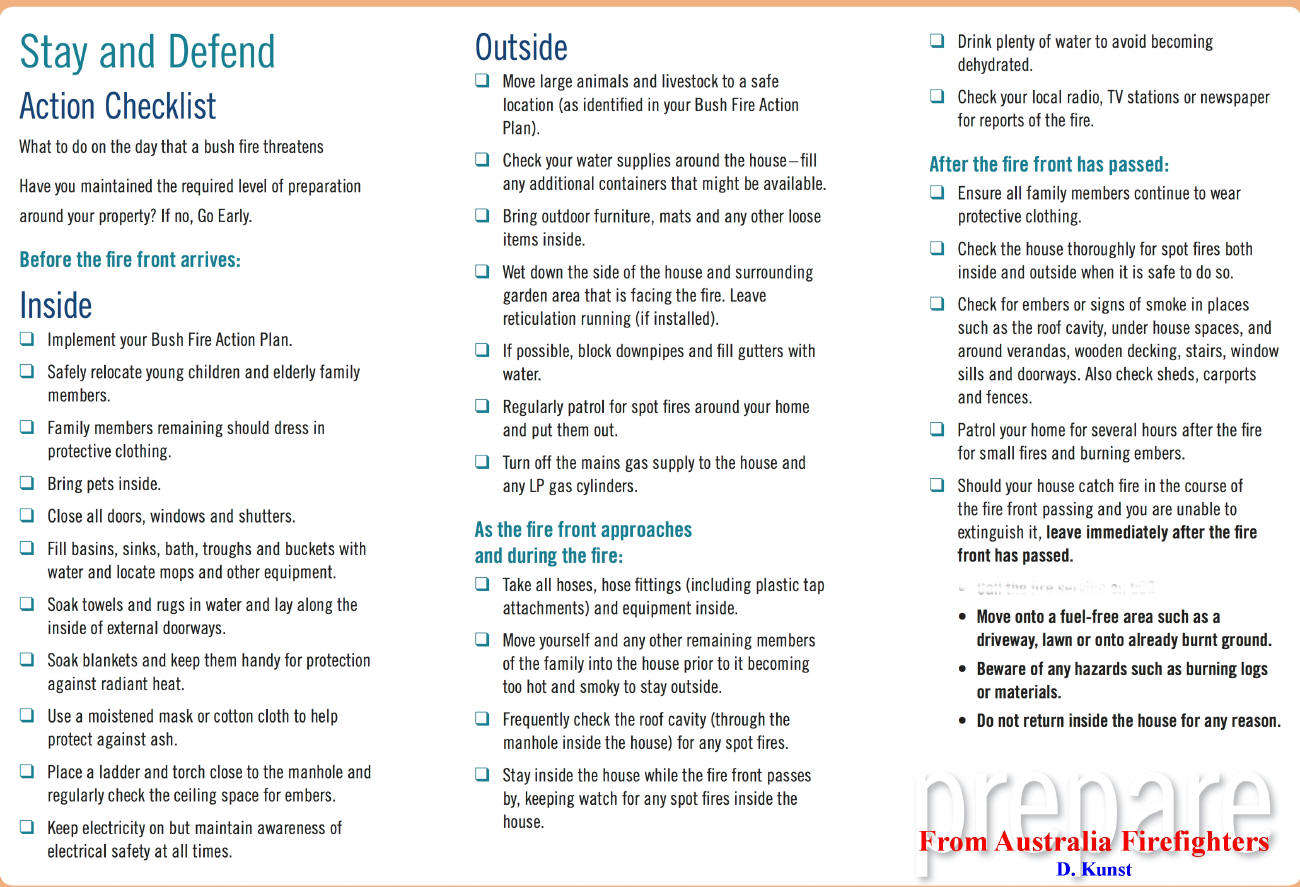Hello,
Brand new here so please treat me gently 
There is a very good article floating around that has identified an additional 500 communities at greater risk from wildfire than Paradise in California alone.
My question is if all of you super experienced and local people that are affected by wildfire would support a global charity that was dedicated to providing equipment allowing an initial attack to wildfire response in the community including insurance pre-loss etc, and education.
So all of the benefit and equipment is local, but part of a national/international brand that is doing the same irrespective of the location. This would be dedicated just to wildfires and not a general firehouse that deals with all of the other fire responses that require huge amounts of continuous training and equipment etc - if the grass is on fire you go - if its anything else - the local EMS fire department responds accordingly! All controlled by the dispatchers at the end of the phone on 911
Using volunteers trained to FF1/FF2 as a minimum etc but solely focused on wildfire initial attack with the correct brush / all-terrain truck or new technology vehicles.
The aim being that any vegetation fire in especially rural communities without either a full time or volunteer fire department could actually try and contain a vegetation fire before it exceeds 10 acres and ideally, be fully suppressed within 1 hour - thus preventing it developing into a ‘wildfire’.
Lightning strikes on steep-sided terrain that start fires are a bit out of scope here, but I’m just trying to understand if you think there is the appetite for more to be done locally in the community before it gets out of hand?
A vehicle, firehouse, PPE kit and other elements required without the training side should be under $500,000 USD per base - then add volunteers etc on a beeper/pager basis would be able to hopefully prevent them becoming wildfires.
This plan would need to be with the full support of the state/county etc and train with other agencies etc as well as comply with all NFPA / NWCG rules etc.
So just a question - and any constructive comments welcomed…
Background to the question:
Close family friends were residents of Paradise, they had lived there and been well aware of the risks as they had lived through scares many times before. Grab bag was ready, they could smell the smoke and followed the instructions given. Husband had moved his mother up from Oregon just 3 months prior to live on the same site in Paradise so that he could provide greater care… He had a very busy period getting his mother, wife and a couple of items in the car. By the time they were halfway down the hill, they could see the flames licking at the site - 10 minutes later nothing was left! They were very very lucky.
They have moved back to Oregon.
I can’t help but think that instead of waiting till the fire is out of control and then calling aircraft and helicopters which is now costing over $3 Billion USD per annum for throwing water at the ground, that a rethink is needed on how suppression is dealt with in the immediate phase of identification/notification of a vegetation fire?


